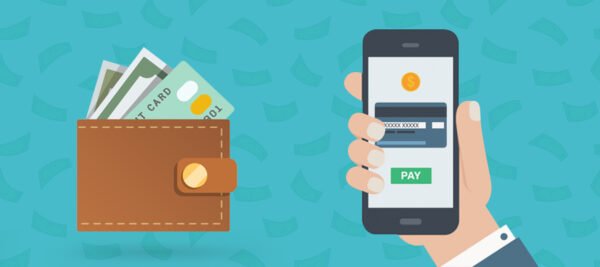How Digital Wallets Solution Can Help in Creating Future of Digital Banking
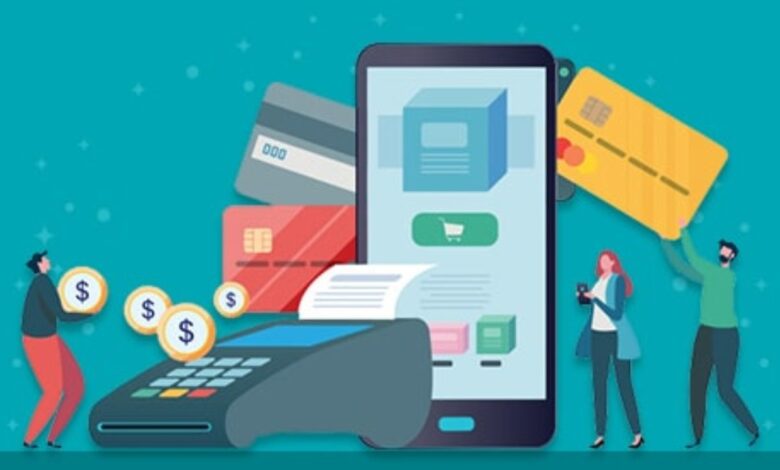
How Digital Wallets Solution Can Help in Creating Future of Digital Banking
All industries are beginning to digitise faster, encouraging no-contact transactions and driving increased demand for online banking services. Digital banking has become more popular among customers since all small and large businesses and e-commerce companies are eager to accept electronic payments.
The most popular solutions in this pandemic era are those using digital wallets. People prefer to shop online for all of their daily necessities in this “cashless” era and seek out choices that are not just practical but also durable and secure. One of the tried-and-true pillars that fit this job is the digital wallet.
Apps known as digital wallets give users the convenience of receiving or making payments from their smartphones or laptops while being directly linked to their accounts. Let us comprehend digitalisation in the financial industry, how digital wallets contribute significantly to e-payment methods, and how it affects our lives in the digital age.
Customers are looking for convenient banking options, and in recent years, digital banking has offered some impressive solutions. In today’s technological age, the need for digital banking is highlighted by the numbers listed below:
- 96 per cent of users have already used online fintech services to transact at least once, according to the Global FinTech Index Report survey report.
- According to Statista’s research analysis, 66.7% of senior banking professionals concur that non-traditional financial institutions dominate mobile payments and digital wallets.
- Additionally, according to Worldpay’s Worldwide Payments Report, by 2023, more than half of all global e-commerce transactions are anticipated to be completed using a digital wallet.
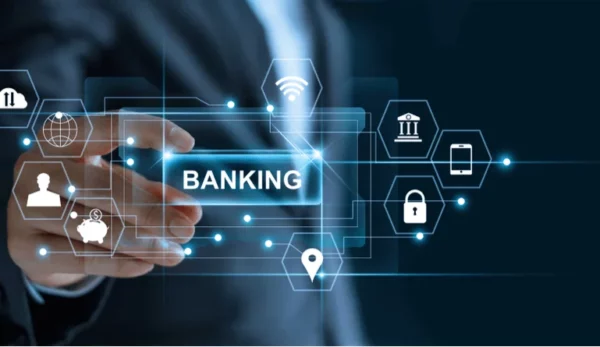
The Evolution Of Digital Banking Services
Digitalisation has given all industries more power, and the banking industry was one of the first to experience this on a large scale. Over the past few years, there have been numerous advancements, and the banking industry has benefited much from digitisation.
Global Market Insights estimates that the market for digital banking crossed USD 8 trillion in 2020 and will grow by about 5% between 2021 and 2027. Globally, there will be more than 900 billion digital transactions in 2020, with a total value of USD 750 trillion.
The digital wallet is one of the leading digital payment trends that has grown increasingly popular and practical among consumers. This is due to customers’ increased use of mobile devices and e-commerce for their everyday financial activities.
Global non-cash transactions will rise from 708.5 billion in 2019 to about 1.1 trillion in 2023, according to the World Payment Report 2020, and the number of people using digital wallets will rise from 2.3 billion in 2019 to about 4 billion in 2024.
How Mobile Wallet is the future of Digital Banking
Contactless payment systems have grown in favour among both consumers and businesses since the onset of pandemics. The current situation calls for cashless payment methods, and the future of electronic payments lies in the digital wallet.
All organisations, large and small, were required to undergo a digital transformation to stay up with this contactless mode of operation. Due to this, most businesses use online banking services to process e-payments.
One can store gift cards, membership cards, loyalty cards, coupons, event tickets, plane tickets, and more in a digital wallet in addition to credit and debit cards. It can also send money from one person to another.
Digital wallets are extensively accepted by digital banking services globally. Cardless transactions, P2P payments, contactless payments using NFC and QR codes, rewards, cashback, coupons, budgeting, and planning are available through digital wallets.
Digital wallet solutions are more adaptable, comprehensive, and mobile wallet platforms or services that give their users better financial experiences and adapt to the constantly shifting needs of the market. The following are some benefits digital wallets can bring to financial services.
-
Encourages Sales and Client Database
Because digital wallets make checkout quicker, more customers are drawn to them. Users of these apps can quickly create their accounts without paying any additional fees using an easy registration and login process.
This increases customer interest in online banking and aids in the development of client databases. Additionally, this makes it easier for the financial institution to make data-driven decisions and makes it possible to gather client demand and experience data more gradually and effectively.
-
Increase customer loyalty
Due to the fact that the digital wallet provides a safer and more secure choice for online banking, it promotes client loyalty. The most crucial element in the banking industry is loyalty. Banks are now putting more of an emphasis on creative solutions and helping their customers add extra security features to lessen anxiety. Digital wallets play crucial functions as a result because they handle numerous security precautions.
-
Builds the brand value
Using a digital wallet enables clients to stay in touch with a brand. Thus, it aids banks in cultivating consumer brand loyalty.
Digital banking has gained significant traction as mobile wallets have made it easier to monitor account status, move money between accounts, pay bills, and shop online. Customers are not limited by their conventional banking procedures.
They are more receptive to developing new banking connections. Customers can now select how to interact with their banks based on their brand values.
-
Convenient solution for all
Digital banks have become a blessing at a time when going to the bank to perform a straightforward transaction was difficult. Working class, elderly, and physically challenged individuals found that using digital wallet software made it incredibly handy to handle all of their banking needs from their smartphones.
Nowadays, people are more at ease using digital wallets’ one-click solution as they offer a frictionless customer experience since they provide seamless payment alternatives throughout.
-
Timeless Solution
Time restrictions do not constrain customers involved in a digital wallet because it is a timeless solution. They only need to register once to use digital wallet apps for the rest of their lives. With digital wallet apps, there are no time restrictions or renewal rules. They are also more flexible to employ because they are accessible around the clock.
-
Management of virtual card operations
With the ability to save credit and debit card information, users of digital wallets can conduct financial transactions at any time. As a result, mobile wallets make it easier for users to manage their accounts and collect all their card information in a single, secure location.
-
Paperless Banking
When banking was done traditionally, transactions required a trip to the bank, and paper statements were used to keep track of the account history. You may now go paperless and access your whole transaction history on cell phones.
-
The ease of access in Rural Areas
Rural communities have benefited greatly from digital banking. Rural residents don’t have to worry about making long trips to the nearest bank, especially in times of financial emergency.
Because people can conduct even the most basic banking operations with just a single tap of their smartphones, the rural population has demonstrated a significant interest. Digital wallets assist in lowering barriers and offering an integrated solution in outlying places.
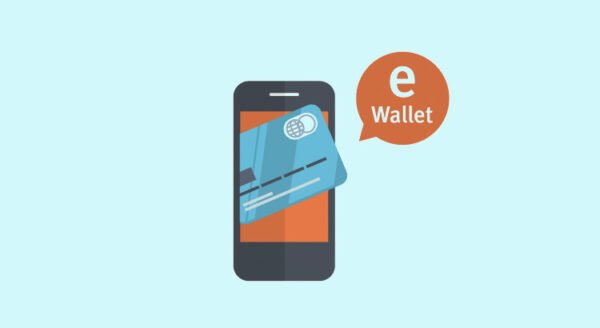
Essential features of Digital Wallet that help in your Banking Solution
-
Instant and easily accessible payment between wallets
Due to the ease with which it can be downloaded as an app on a smartphone, Digital Wallet is very simple to use. It makes using it more convenient. Credit/debit card information can be stored in digital wallets, which can then be accessed at any moment to conduct financial transactions.
Additionally, digital wallets make it easier for users to manage their money by simply collecting all of their cards and necessary information in one location. These apps are faster since transactions from Payer wallet to Payee wallet take a short while. Contrary to traditional banking, customers do not need to stand in lengthy lines even for minor transactions, which merely adds time and effort to the process.
-
Easy Bill Payments
Solutions for digital mobile wallets make it simple to pay bills, whether they are post-paid or prepaid. Everyone wants to be able to pay their expenses, including fees, rent, tickets, and other utilities, with a single click on their smartphones in this mobile generation.
-
Enhance simplicity In Money Transactions
Digital wallets enable payments from one person’s account to another swiftly and effortlessly with only one swipe on a smartphone screen. Digital wallets are more durable thanks to this straightforward transaction mechanism.
These apps allow users to pay at online retailers as well. Small data like CVV information, expiration date, etc., must be input by the user when using a regular credit card, whereas mobile wallets need not.
-
Split Bill Payments
Split bill payment services let two or more users split the shared service cost in two or more instalments. One of the most flexible aspects of mobile wallet payment services is split payment, which enables several payment sources to cover the entire cost in a single transaction.
-
Offers its User a lifelong usage
Unlike traditional card systems, apps that act as digital wallets do not have any time restrictions. Once the user registers in the app and links it to their bank account, they are free to use it forever. There are no time restrictions associated with this association. Users can also have the option to quit using it at any moment.
-
Various Offers, Discounts, And Rewards
Different digital wallets provide a variety of savings and incentives. Users develop the habit of using their digital wallets more frequently. Gift cards, cashback, and loyalty programmes offer the potential to provide clients with extra services beyond just money.
-
Merchant Payment through contactless payment methods
Digital wallets enable consumers to leverage numerous technologies, such as Near Field Communication (NFC) and QR-Codes, to facilitate security and ease of payment. With the increasing social distance standards and the desire to make the majority of payments contactless, contactless payment systems have received more attention.
With safe payment technology like POS systems and smartphones, NFC is a contactless payment mechanism that operates within a small, defined range.
With a smartphone’s camera aid, a user may read QR Codes, which are relatively similar to barcodes. The smartphone analyses it after that and launches the relevant app to complete the payment.
The most crucial component of digital wallets is QR code payment because of the rising need for contactless transactions.
-
Enhanced User Transaction Security
All transactions are extremely secure thanks to mobile wallets that combine cutting-edge security to protect clients’ information. To prevent illegal access, digital wallets are encrypted and equipped with additional security measures like transaction pins and patterns. For extremely secure digital transactions, the majority of digital wallets offer the following options:
-
Biometric authentication
Using digital wallets to implement biometric authentication in payment systems reduces the danger of data fraud and extortion. It uses various technologies, including iris/retinal scans, facial recognition, and fingerprint/fingerprint recognition.
-
OTP authentication or tokenisation
OTP passwords and tokenisation are two encryption techniques that can be used to protect digital wallets. It offers two-factor authentication to confirm the transaction, lowering the likelihood of hacking. It gives it an advantage over other conventional banking techniques.
-
Voice-activated payments
This is another security aspect that digital wallets employ to keep customers safe. Following each transaction, a voice-activated message informing the customer of the transaction is delivered.
Top Digital Wallets in India
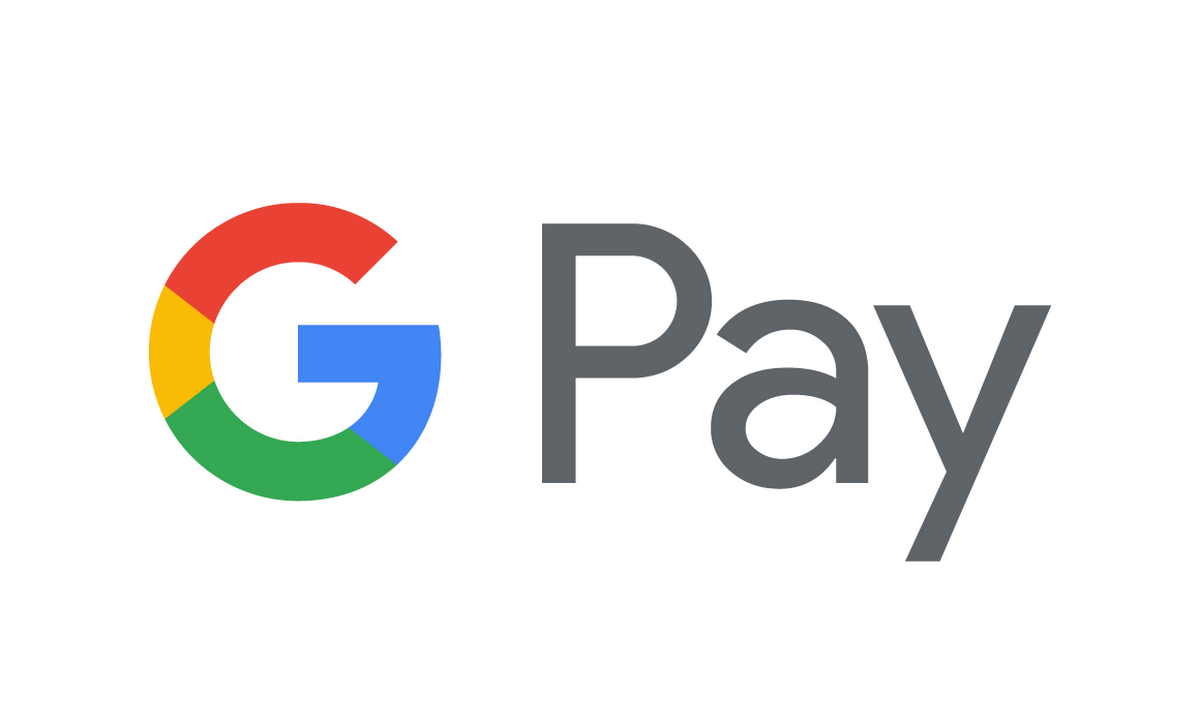
1. Google Pay
Despite being a late entrance, they have quickly expanded their user base because they are a part of the Google ecosystem. It is currently India’s leading online payment app and the country’s top digital wallet. With Google Pay, you can recharge your phone, pay bills, and make online purchases using UPI and a direct bank account connection. Your money is safe with your bank because Google Pay integrates with your current bank account. Reloading wallets is not a concern, and you are not required to complete further KYC as is necessary for all other apps.
Additionally, you can gain scratch cards and other prizes, and the cashback will be deposited directly into your bank account. You can now pay your monthly electricity payments or recharge your phone. Wallets have lost favour since UPI’s launch since consumers now choose to transfer money from one account to another via UPI.
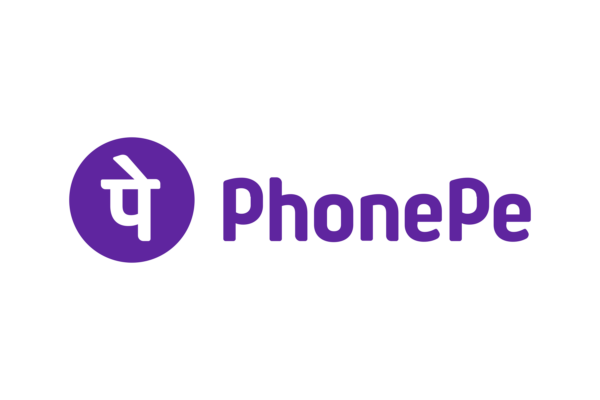
2. PhonePe
In just four years since its launch in 2015, PhonePe has amassed 100 million downloads. On PhonePe, you can do everything from UPI payments to recharges and money transfers to online bill payments. It has a very user-friendly UI and offers one of India’s fastest and safest online payment experiences.
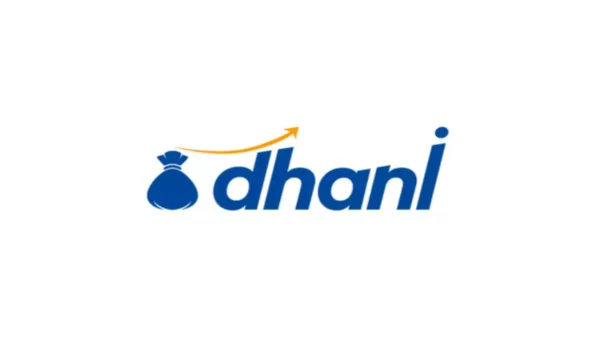
3. Dhani
The Indiabulls group’s Dhani App provides a variety of functions. It can be used as a standard e-wallet and in conjunction with the Dhani SuperSaver Card. Consumers can play games and win money to pay for cellphone recharges, EMI payments, insurance, and new Dhani goods. Dhani also offers a reward and loyalty programme for its customers. This can be used in conjunction with Dhani Super Saver Rupay (physical and virtual card), which provides a first-month free trial and guarantees a 5 per cent cashback on any transactions made using the card.
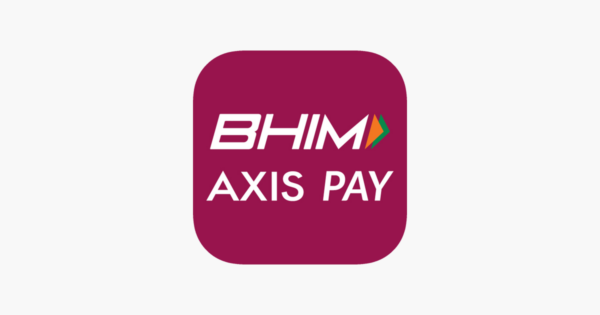
4. BHIM Axis Pay
With the use of the UPI banking app BHIM Axis Pay, you can send money instantaneously to anyone using nothing more than your smartphone. Directly from the app, recharge your DTH set-top boxes and prepaid mobile phones online.

5. PayTM
One of the biggest mobile commerce platforms and top online payment services in India PayTM provides its users with a digital wallet to save money and send payments instantly. This e-wallet app, which was released in 2010, operates on a semi-closed basis and features a mobile market where users may load funds and send payments to businesses that have business relationships with the company. Before UPI was introduced, it was India’s most popular digital wallet. This e-wallet app can be used to pay bills, transfer money, access services from travel, entertainment, and retail businesses, and make e-commerce purchases. They now accept payments using UPI as well.
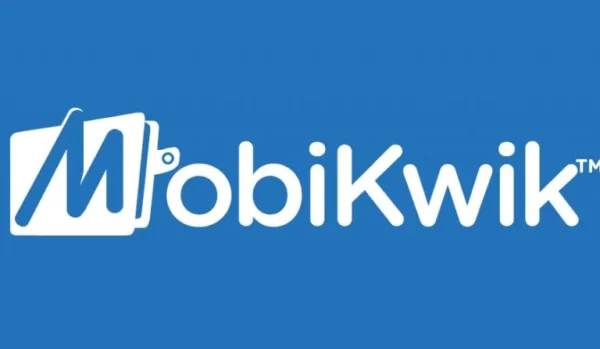
6. Mobikwik
An independent mobile payment network called MobiKwik is said to link 25 million customers with 50,000 merchants and more. This e-wallet app allows users to deposit funds using debit, credit, net banking, and even doorstep cash collection services. These funds may be utilised for marketplace purchases, utility bill payments, and recharges. Owing to the growing need for convenience, MobiKwik has also recently partnered with large and small-time grocery stores, restaurants and other offline merchants.
Their cost tracker, which lets you set spending limits across all payment methods and uses SMS data to analyse and manage spending, is another distinctive service they provide. It stands to reason that it was included in India’s top online payment apps.

7. Amazon Pay
Owned by Amazon, Amazon Pay is an online payment processing business. It is a popular online payment app both in India and beyond. Launched in 2007 across the globe and in India in 2017, Amazon Pay allows users to use their Amazon accounts to make purchases on other merchant websites, including apps like BigBazaar. You can use Amazon Pay to make purchases on Amazon as well. Amazon Pay has partnered with fintech firms like ZestMoney to enable free EMI payment options for its platform. Customers can now easily buy and pay for things on Amazon with manageable monthly instalments.
Conclusion
As customers continue to seek convenient solutions, digital banking is still an enduringly well-liked option. A digital wallet can significantly enhance the consumer experience and assist banking services in retaining current clients, building brand awareness, luring new clients, and improving how you connect with your audience.
Edited by Prakriti Arora



